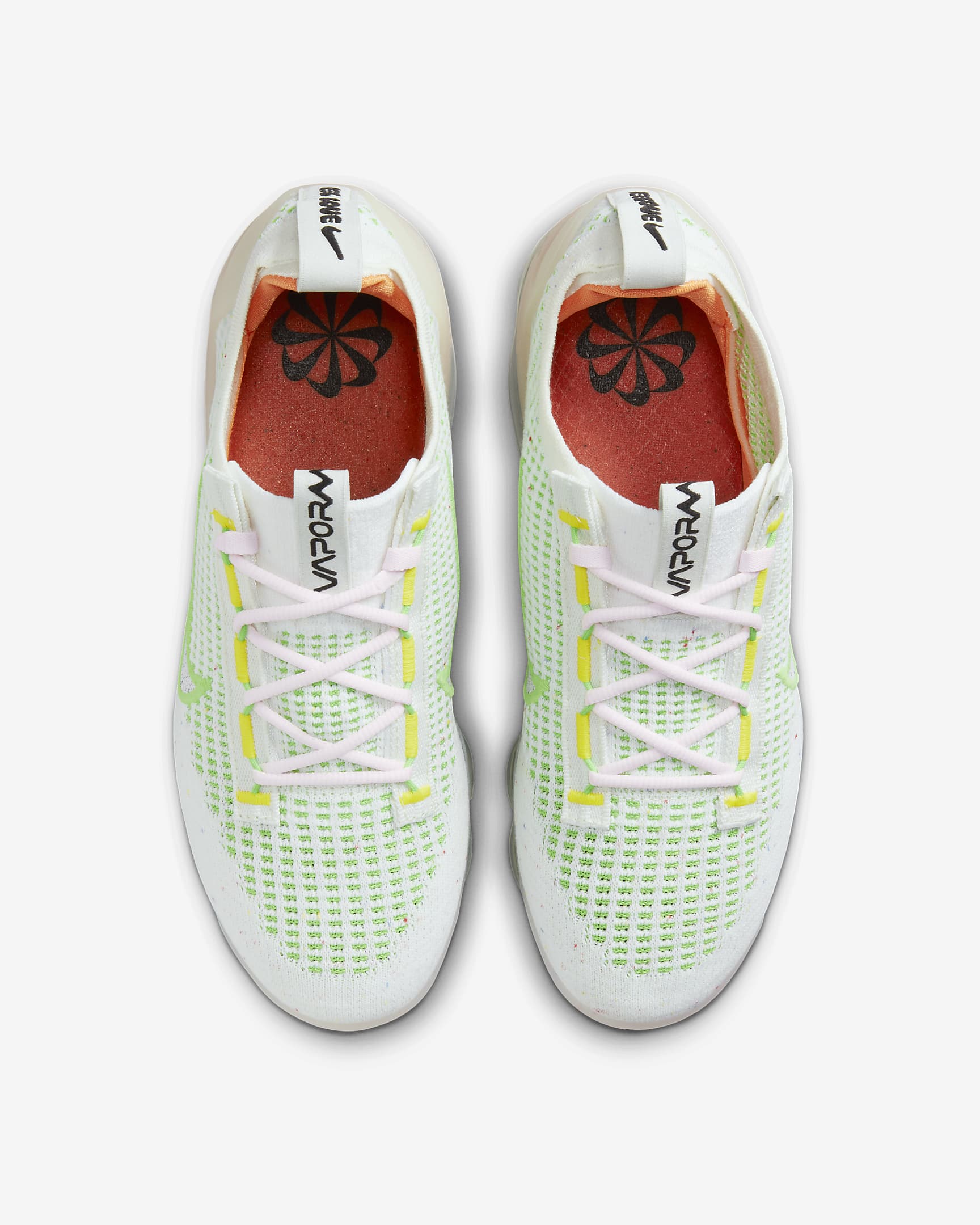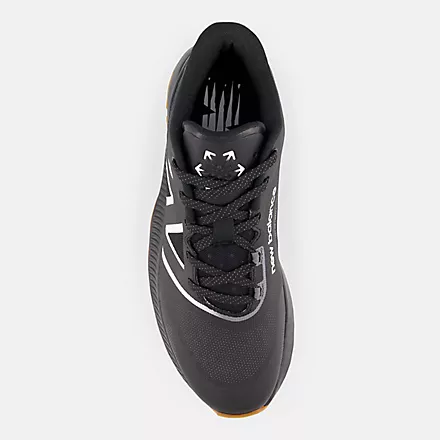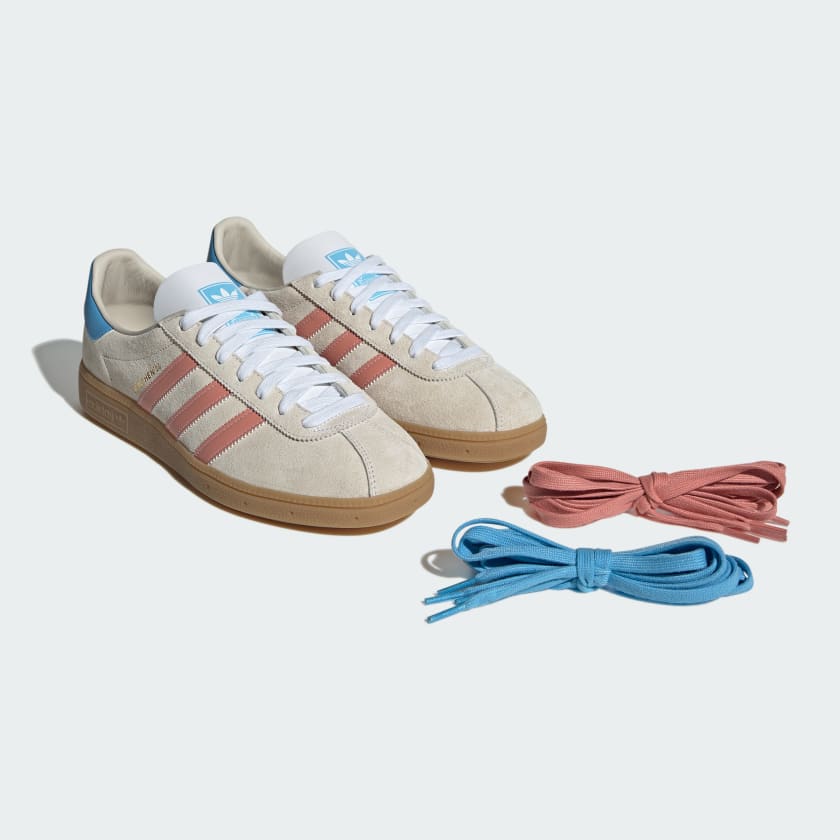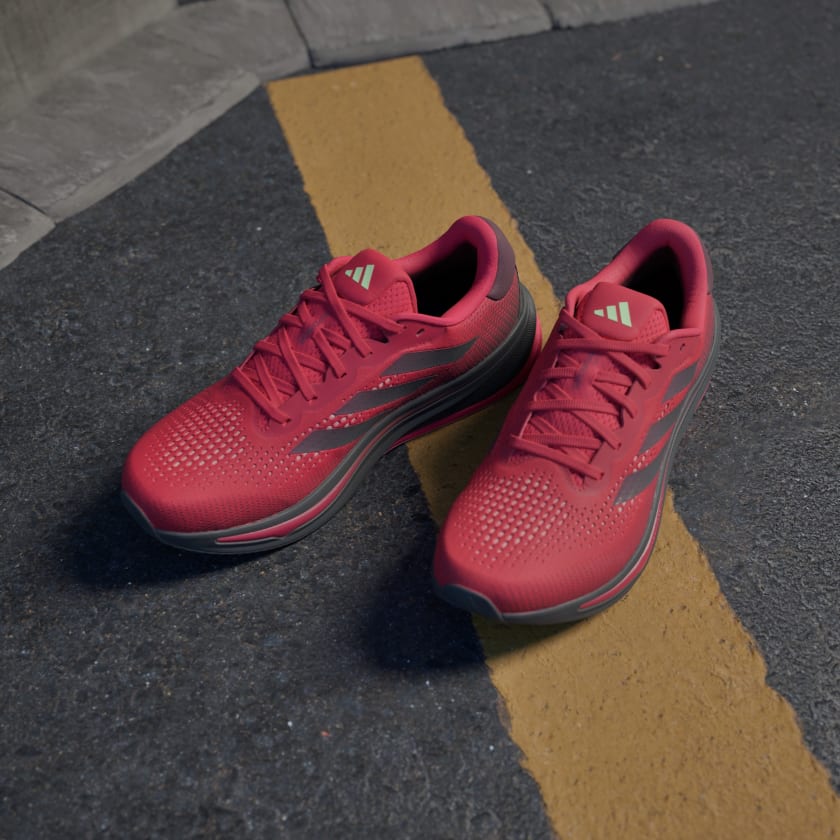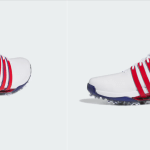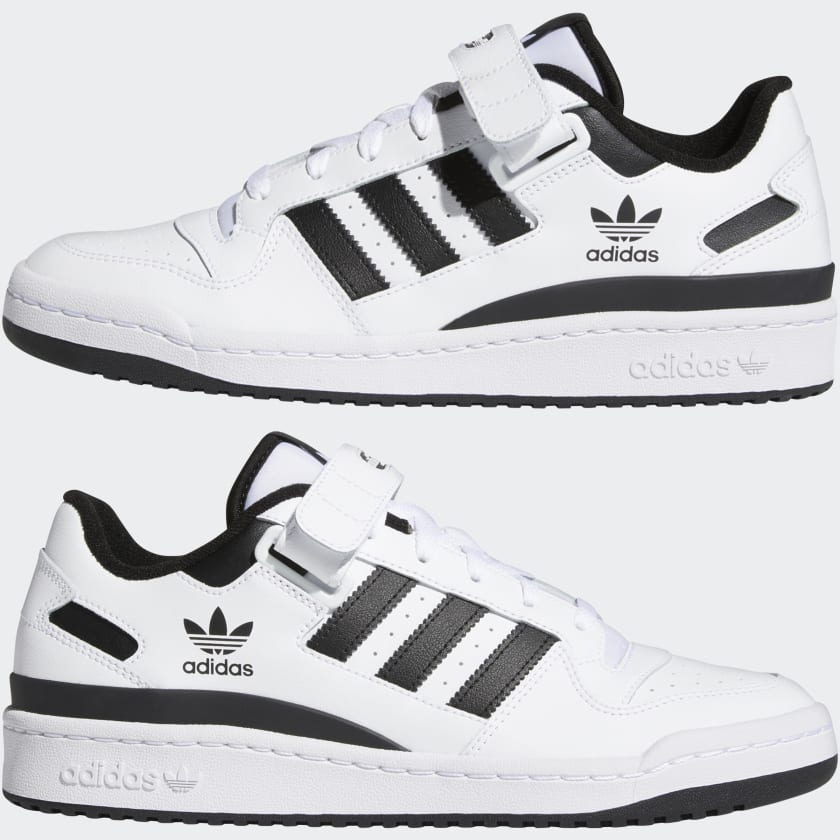So, you’re torn between New Balance and Saucony for your next pair of walking shoes, huh? Well, let me tell you, I’ve been down that road, bouncing back and forth between the two, trying to figure out which brand would be the better companion for my daily strolls. In this comparison, I’ll share my personal experience and break down the differences between New Balance and Saucony, looking at comfort, durability, and style.
Trust me, by the end of this, you’ll have all the insights you need to choose the right shoe that feels just as good on your feet as it does on your conscience. Let’s lace up and get into the nitty-gritty of what sets these two footwear giants apart when it comes to keeping you moving comfortably.

Historical Background of New Balance and Saucony
Foundation and evolution of New Balance
My acquaintance with New Balance began not as a shoe enthusiast, but as someone fascinated by the history behind brands. New Balance was founded back in 1906 by William J. Riley, originally as the “New Balance Arch Support Company,” in Boston, Massachusetts. It’s kind of intriguing to think about how it started out focusing on arch supports and orthopedic shoes.
Over the decades, New Balance has evolved into a multi-faceted athletic footwear company. They’ve been staunch advocates of manufacturing in the United States and the UK, which helps them stand out in an industry often associated with overseas production. Their commitment to detailed craftsmanship has endeared them to customers looking for high-quality walking shoes.
Foundation and evolution of Saucony
On the flip side, Saucony has its own rich backstory. The company traces its origins to 1898, two years after the first Olympic marathon and the same year of the first Boston Marathon – quite serendipitous, if you ask me. The Saucony Creek in Kutztown, Pennsylvania, is where the magic began. Initially, they were more focused on children’s shoes but made a significant pivot to running footwear by the late 1960s.
The name “Saucony” is a nod to the creek where the company’s first factory was located, and the logo represents the constant flow of that very stream. Over the years, Saucony developed a reputation within the running community before branching out to offer walking shoes that have been well-received for their comfort and performance.
Key milestones in walking shoe development
Walking shoe development is something that both New Balance and Saucony have contributed to significantly. For New Balance, a pivotal moment was the release of their “Trackster” in 1960, which boasted a ripple sole for traction and was available in varying widths – revolutionary at the time. This innovation played a considerable role in the development of walking shoes, as the importance of proper fit and support became evident.
Saucony’s milestones include the release of their “Jazz” shoe line in the early 1980s, which eventually translated into walking shoe designs. It was the implementation of the triangular lug outsole that really pushed things forward, as it provided increased traction and durability.
Shoe Technology Comparison
New Balance’s cushioning technologies
I’ve come to appreciate New Balance’s approach to cushioning technology, as it seems they’re always working on something new to improve the walking experience. With proprietary developments like their ABZORB cushioning, which disperses the forces out from under the foot, New Balance shoes offer a truly comfortable ride. Another example is the ENCAP cushioning, which combines soft foam with a durable polyurethane rim to provide more support and durability.
Saucony’s cushioning technologies
Saucony isn’t trailing behind when it comes to cushioning either. Their GRID technology, which can be traced back to their running shoes, focuses on providing superior cushioning and stability by centering the foot on impact. Their most recent cushioning breakthrough is the PWRRUN+ foam, which is incredibly lightweight while offering exceptional responsiveness and durability – a boon for walkers who cover plenty of ground.
Innovations in stability and support
Stability and support are crucial for a good walking shoe, and both New Balance and Saucony have developed standout technologies in this area. New Balance’s ROLLBAR technology is an excellent example; it reduces rear-foot movement to enhance control when I’m on the move. Not to be outdone, Saucony’s FORMFIT surrounds the foot with a made-for-me feeling that many enthusiasts swear by for unmatched comfort and stability.
Material and construction differences
The materials and construction of New Balance and Saucony walking shoes vary significantly. New Balance often uses a combination of synthetic and mesh materials, with a focus on durability and breathability. Their shoes also tend to have a more substantial build, which some walkers might find provides a sense of added security. Saucony, meanwhile, utilizes lightweight materials and flexible designs to promote an easy, unrestrictive walking experience. They seem to prioritize a more natural feel, which is certainly appreciated by many.
Fit and Comfort
Understanding New Balance’s fit options
Sizing up New Balance’s fit options, it’s clear they prioritize a tailored fit. With a variety of width options – from narrow to extra-extra-wide – they’re pretty serious about accommodating all foot shapes and sizes. This inclusive approach ensures that I can get a shoe that feels like it was made just for me.
Exploring Saucony’s fit dynamics
Saucony’s fit dynamics also impress with their commitment to a comfortable fit. Their shoes tend to have a roomier toe box, which many walkers, including myself, appreciate. It allows my toes to spread naturally without feeling constricted. Furthermore, Saucony employs a heel counter that cradles the heel, adding to the overall stability and fit of their walking shoes.
Importance of a proper fit for walking
Of course, the importance of a proper fit can’t be overstated when it comes to walking shoes. A well-fitting shoe can prevent a host of foot problems and improve the overall walking experience. That’s why I’m thankful that both New Balance and Saucony offer options to get that just-right fit.
Personal preferences in shoe fit and comfort
Personal preferences in shoe fit and comfort vary widely, and thankfully, the options from New Balance and Saucony cater to most, if not all, of those preferences. Some walkers, myself included, prioritize a cushy feel, while others want secure arch support. I’ve found that trying on multiple styles and fits can lead to finding that perfect walking shoe, be it from New Balance or Saucony.
Durability and Construction
Materials used by New Balance
When I scrutinize the materials used by New Balance, durability consistently comes to mind. They typically choose leathers and synthetic fabrics that withstand wear and tear over time, which is essential when I’m pounding the pavement day after day. Suede overlays aren’t just for looks; they also provide extra reinforcement to high-stress areas.
Materials used by Saucony
As for Saucony, they often opt for lightweight meshes and synthetics that lend to their shoes’ flexibility and breathability. This doesn’t necessarily mean they skimp on durability, though. Strategic support structures and overlays are placed in areas prone to the most wear, ensuring the shoes hold up well over time.
Longevity of walking shoes
Longevity in walking shoes is something I carefully consider – nobody wants to be buying new shoes every few months. Both New Balance and Saucony walking shoes have shown commendable durability, though the longevity will vary based on walking habits, terrain, and maintenance. A well-taken-care-of shoe will always last longer.
Comparison of outsole wear and tear
The outsole is where the rubber meets the road, quite literally, and wear and tear can be a real concern. New Balance’s use of Ndurance rubber in certain models provides excellent traction and durability. Saucony’s XT-900 carbon rubber offers similar longevity, especially in high-wear areas. While both brands’ outsoles are resilient, the extent of wear can vary based on walking style and surface.
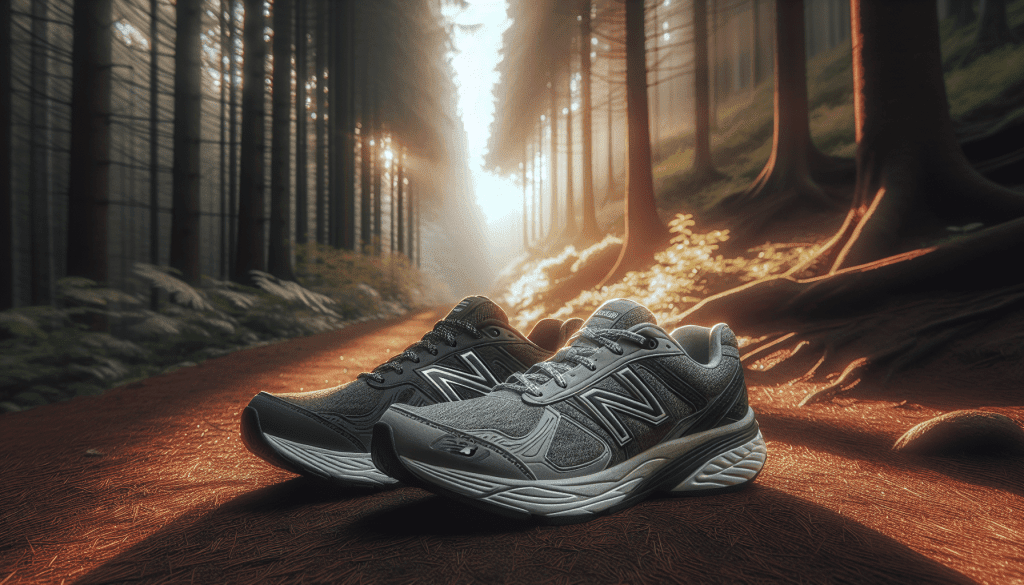
Design and Aesthetics
New Balance’s approach to style
Discussing New Balance’s approach to style, there’s no denying their walking shoes often exude a classic, sometimes even retro, aesthetic that appeals to many – myself included. They balance form and function with designs that feel timeless and yet incorporate trending colors and patterns to keep things fresh.
Saucony’s design philosophy
Saucony’s design philosophy seems to lean towards a modern, streamlined look that emphasizes their performance heritage. They often play with contemporary color blocking and sleek silhouettes, appealing to those with a taste for a more athletic appearance in their walking shoes.
Variety of models and color options
Both New Balance and Saucony offer a substantial variety of models and color options, which is something I greatly appreciate. Whether I’m after a subdued tone-on-tone shoe or a vibrant statement piece, the choices seem nearly endless. This variety ensures that nearly every walker can find something that matches their personal style.
The impact of design on consumer choice
The impact of a shoe’s design on consumer choice is never to be underestimated. A shoe could have all the performance features in the world, but if it doesn’t resonate with my style preferences, it’s staying on the store shelf. I believe that New Balance and Saucony both understand this, creating shoes that not only perform well but also look great, catering to a wide range of consumers.
Performance on Various Terrains
New Balance shoes for different walking surfaces
New Balance shoes are designed to perform well on a variety of surfaces. Their robust and versatile outsoles provide adequate traction on both urban concrete and softer park trails. I’ve personally found New Balance walking shoes to be reliable for mixed-terrain walking, thanks to their supportive build.
Saucony shoes for trail versus urban walking
Saucony offers walking shoes that are tailored for different types of terrain too. Their trail walking range, with aggressive tread patterns and protective features, inspire confidence on uneven grounds. In contrast, their urban walking shoes are more flexible and provide a smoother experience on flat surfaces like sidewalks.
Traction and grip comparison
When it comes to traction and grip, both brands have their merits. The tread patterns on New Balance and Saucony shoes are designed to grip surfaces securely, minimizing the risk of slips. New Balance may have a slight edge in variety, offering specialized soles for different terrains, while Saucony tends to focus more on an all-terrain approach.
Adaptability to weather conditions
Both New Balance and Saucony have models that are adaptable to various weather conditions, which is handy considering I don’t let a little rain (or a lot) stop my walking routine. Shoes with water-resistant uppers and grippy outsoles that combat slick surfaces are available from both brands, helping walkers maintain their stride regardless of the forecast.
Price and Value Proposition
Price range of New Balance walking shoes
The price range of New Balance walking shoes varies, with options for those on a budget as well as those looking to invest in a higher-end model. This versatility in pricing means that irrespective of my financial constraints, I can likely find a New Balance shoe that fits my needs without breaking the bank.
Price range of Saucony walking shoes
Saucony walking shoes similarly offer a spectrum of prices. It’s possible to find affordable choices for casual walkers as well as technologically advanced options for the more passionate, frequent walker who requires and is willing to invest in additional features for enhanced performance.
Assessing cost-effectiveness
When I assess the cost-effectiveness of a walking shoe, I consider not just the price but also the longevity and performance of the footwear. Both New Balance and Saucony deliver value by creating durable shoes that offer good support, cushioning, and overall comfort. In many cases, spending a bit more upfront can lead to savings down the line, as the shoes endure through many walks.
Analyzing overall value for money
Analyzing the overall value for money, I have to consider everything from the shoe’s life span and comfort to its performance on various terrains. Both New Balance and Saucony provide a range of options that meet these criteria at various price points, ensuring value for money across their product lines.
Consumer Reviews and Feedback
General opinions on New Balance walking shoes
The general opinions on New Balance walking shoes tend to praise their durability and comfort. Many consumers also appreciate the wide range of sizes and widths available, making it easier to find a shoe that fits well. Their use of cushioning technologies and support features often receives positive feedback from regular walkers like me.
Saucony walking shoes user experiences
Saucony walking shoes garner compliments for their lightweight construction and aesthetic appeal. Not to mention, users often mention the comfortable fit and cushioning which makes longer walks a breeze. Their commitment to fit and performance doesn’t go unnoticed in the walking community, and that’s something I’ve experienced firsthand.
Trends in customer satisfaction
In observing trends in customer satisfaction, both brands have a loyal following with plenty of repeat customers. The choice often comes down to individual needs and preferences, as both New Balance and Saucony continue to innovate and respond to feedback. This attention to consumer insights helps both brands maintain high satisfaction ratings among their user base.
Dealing with negative feedback
No brand is immune to negative feedback, and how each company deals with it speaks volumes about their commitment to customer service. Both New Balance and Saucony seem proactive in addressing concerns, whether it’s about fit, comfort, or durability. By continually updating and improving their lines, they show a keen interest in what their customers have to say.
Size and Width Options
New Balance’s inclusive sizing
New Balance’s inclusive sizing is something I truly admire. Their commitment to offering a wide range of sizes, including narrow and wide options, ensures that walkers with all foot shapes can find shoes that fit. This inclusivity is a testament to their understanding of the diverse needs of their clientele.
Saucony’s size and width offerings
Saucony also delivers on size and width offerings, though their approach might seem more traditional. Still, with a range of sizes and some models available in different widths, Saucony provides options that cater to a variety of feet. While the range isn’t as extensive as New Balance’s, the fit remains a priority.
How size diversity affects consumer choice
The diversity in size and width affects consumer choice significantly. A brand that offers an extensive range of sizes has a better chance of meeting the need for a well-fitting shoe. That’s why I lean towards brands that recognize the importance of fit in the walking experience and provide multiple options.
The importance of size inclusivity in walking shoes
Size inclusivity in walking shoes isn’t just a matter of comfort; it’s about ensuring proper foot health. Ill-fitting shoes can lead to a host of issues, so brands like New Balance and Saucony that offer inclusive sizing provide an important service to the walking community by preventing such problems.
Choosing the Right Shoe for Health and Fitness Goals
Understanding walking as a form of exercise
Walking is an excellent form of exercise that’s accessible to a wide range of people. It’s a low-impact activity that boosts cardiovascular health, aids in weight management, and improves mood. For these reasons, selecting the right shoe is as important as the walk itself.
How the right shoe can influence workout effectiveness
The right shoe can significantly influence the effectiveness of my walking workouts. Proper cushioning absorbs impact, reducing stress on joints. Support ensures my foot moves correctly with each stride, and the right fit can prevent blisters and other forms of discomfort that might otherwise cut my walks short.
Health considerations when choosing a walking shoe
When it comes to health considerations in choosing a walking shoe, I look for features that match my foot’s needs, like arch support for my flat feet or a roomier toe box to accommodate a wider forefoot. Both New Balance and Saucony offer technologies and designs that cater to these specific health considerations.
Personalizing the choice between New Balance and Saucony
Ultimately, personalizing the choice between New Balance and Saucony comes down to my individual requirements and what feels best on my feet. I consider the type of walking I’ll be doing, the fit, support, cushioning, and, of course, my budget. Whether I choose New Balance or Saucony, I know that both brands offer quality shoes designed to meet the demands of walkers at all levels.

